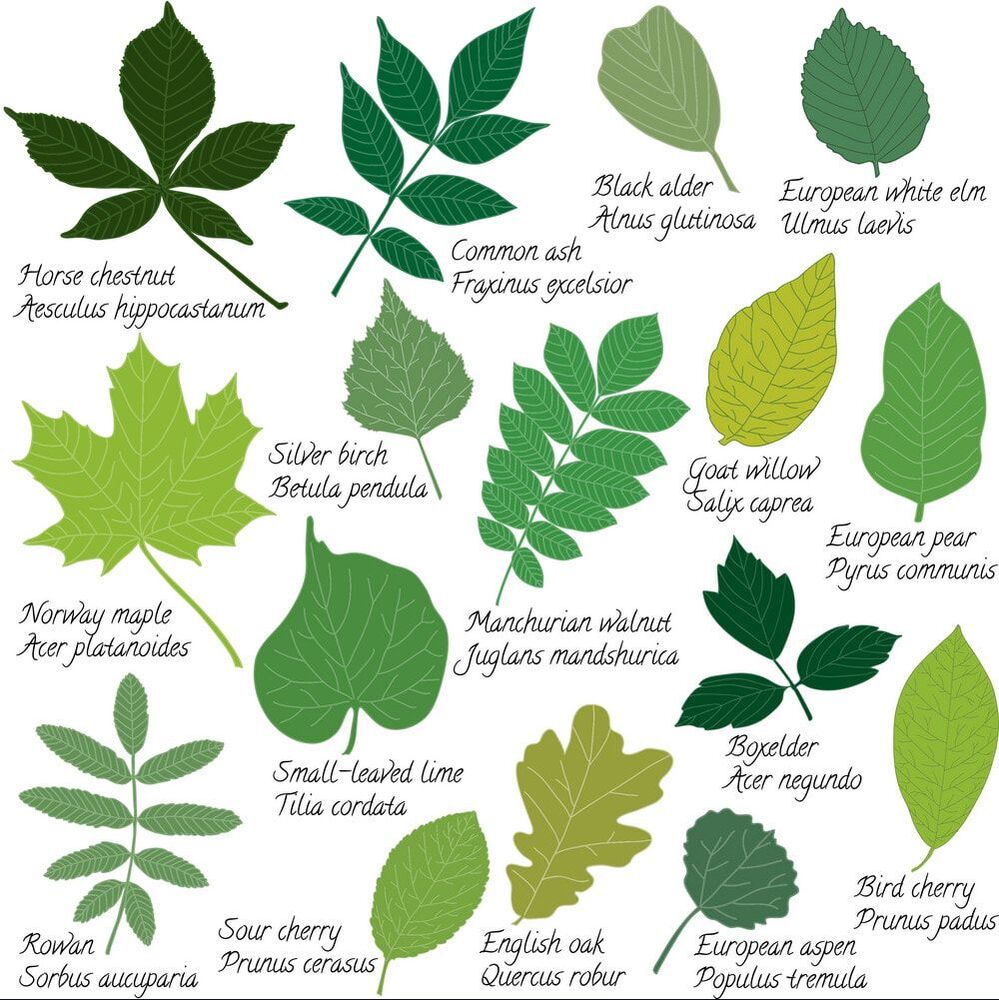This week we will encourage our young learners to explore the natural world by collecting, sorting and making observations about leaves. In the primary grades students are asked to construct an argument supported by evidence for how plants can be grouped according to their features, (SKL2). They are also asked to count the numbers of objects in each category and sort the categories by count, (MGSEK.MD.3).
Materials you will need: paper, markers, crayons.
As always, we'll start with a great book to read aloud with your child.
Materials you will need: paper, markers, crayons.
As always, we'll start with a great book to read aloud with your child.
Next let's play a sorting game with leaves online.
| Now that we've explored counting and sorting leaves online, let's go outside and collect our own leaves. While outside, have your child use a digital device to take a photo of a couple of leaves they like. Let's try to find at least 10 different leaves to count and sort. Safety Note: Familiarize yourself with poison ivy prior to touching any leaves. Bring the leaves inside or on the porch. Encourage your child to sort the leaves into different groups by: |
- color - green & not green
- shape - round & not round, pointed & not pointed or skinny & not skinny
- texture - fuzzy & not fuzzy, soft & not soft, or sharp & not sharp
- or any way your child can think of sorting
Make sure to count the number of leaves in each group. You can even record these data if you like.
Finally, let's create some artwork using our favorite leaves. We're going to explore the best techniques to create leaf rubbings. Ask your child how we can capture the shape and design of a leaf on paper using markers and crayons? Allow them to brainstorm some ideas. Next use their ideas to create leaf prints. Evaluate: discuss what worked and what didn't work well. Watch the video below to see how this artist does leaf rubbings. Can you improve your leaf rubbings/drawings?


 RSS Feed
RSS Feed